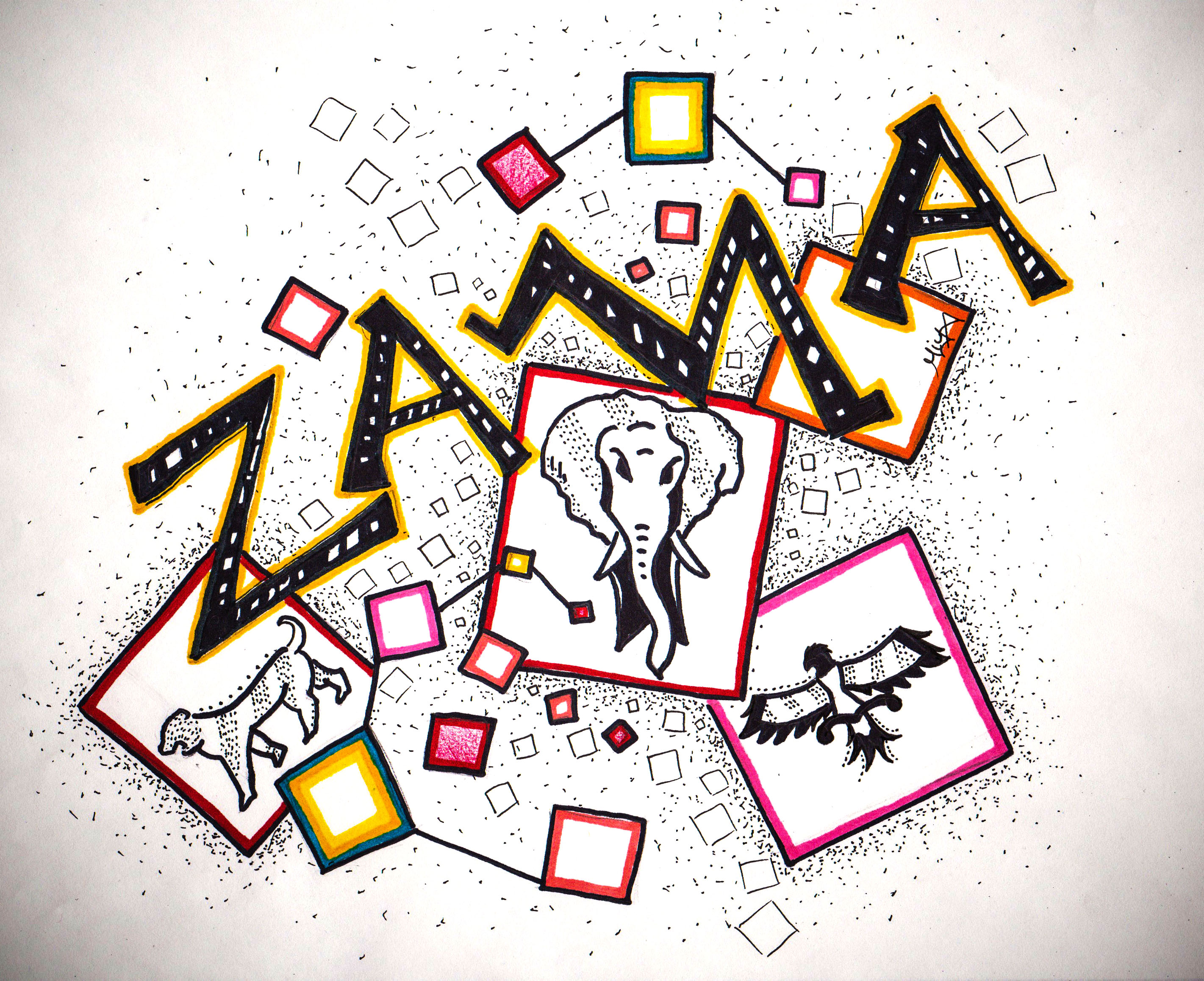When I sat down in the SSMU building with Quinn Brander, a McGill graduate, I knew little about the board game he’d created just this past December. Seeing the board game, I was immediately struck by the beautiful wooden box and the stencilled black elephant. Zama, a luck-free challenge of strategic thinking, is a game where all the details matter, right down to the packaging.
These details have been long in the making. Before playing the game, Brander explained the project’s evolution, from his spur of the moment creation of an early version in the company of friends, to ordering the wood and black Settlers of Catan pieces online. Even though he enlisted the help of his girlfriend, Pamela Mackenzie, to design the elegant game-piece art, Brander confessed that “it’s way more expensive to make a board game than I thought.”
While the project has become bigger and more complex than Brander first imagined, its inspiration was relatively simple. “I like board games,” Brander told me with a laugh. Beyond this love of games, however, Zama originated in a spontaneous idea to combine multiple forms of gameplay in response to a need in the board game world. According to Brander, few games include a high degree of strategy, simultaneous gameplay between opponents, and a variety of ways to play that eliminate any luck.
Zama is many things, but its simplest achievement is that it is a fun two-player board game that can be either short and sweet or long and arduous.
This vision for Zama did not emerge fully baked. Brander explained that his DIY project had to undergo countless revisions and focus-group trials to refine its rules and pace. In fact, Brander is still continually refining the game. He is currently trying to create a complementary smartphone app to eliminate the use of paper for mapping out one’s moves.
Despite this constant refinement, Brander claimed, “Making the board game is easy, but it’s all about pedagogy.” Though I could picture his earlier struggles in explaining the game, his straightforward teaching methods now seemed like second nature as he taught me the world of Zama.
The story of Zama comes from a legendary third-century battle between the Roman Empire, led by Scipio Africanus, and the Carthaginian Empire, led by Hannibal Barca. The war simulation in the game is facilitated by stripping away any restrictions on game-piece movement, as well as having the opponents plan and execute their moves simultaneously. Together with your opponent, you create the battlefield with blank tile pieces, or ones with lakes, forests or mountains stencilled on. The creation of the board is purely random, and so each game of psychological warfare will never be the same.
The goal is simple: each player must capture the other’s Commander piece. To do this, the opposing sides must confront each other, with the gameplay split between ‘Planning’ and ‘Action’ phases.
Playing with the creator himself, I was pitifully defeated within the second turn. Creativity and experimentation are indispensable to the game’s strategy, but even with the game’s accessible learning curve, the process of becoming a skillful player is very gradual. However, with enough patience, Zama is an easy game to get invested in.
Board game enthusiasts know that making an engaging two-player game is the not the easiest of tasks. Zama is many things, but its simplest achievement is that it is a fun two-player board game that can be either short and sweet or long and arduous. In a world of leisure dominated by video games and the internet, it’s refreshing to see a thought-provoking game that takes place offscreen.
For more information and a visual representation of the game, visit facebook.com/zamaboardgame or kapipal.com/zamaboardgame. Zama is available at the Gamers’ Guild at McGill and can be purchased at Drawn & Quarterly.

